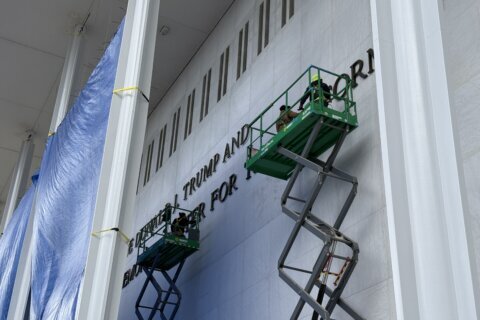WASHINGTON — Unless Congress reaches a deal to fund the federal government, the National Zoo and all the other Smithsonian museums may have to close their doors to the public starting on Tuesday.
It’ll mean the day-to-day staff who help keep things running won’t be allowed to go to work and the public won’t be allowed to visit.
It also means the famed panda cam is will be shut down, too.
But the zookeepers who interact with the animals every day will continue to show up.
“If there are no visitors in the park, maybe we can drive our vehicles on the walkway to get to places more quickly,” said Brandy Smith, associate director for animal care sciences.
Otherwise, it’ll be business as usual for everyone tasked with feeding and taking care of the 4,000 or so animals that live there.
“We can’t stop,” Smith said. “Christmas Day, weekends, holidays, we are here working to take care of these animals.”
So if the zoo is empty of visitors, it’ll be the animals that notice the biggest difference.
“We do see some differences in behavior with the animals,” Smith said. “A lot of people think the animals would be happy not to have the crowds coming here. But if you think about it, there are different people, different sites, different smells.”
Smith admits it’s hard to really measure the differences, since they tend to be more subtle and usually depend on the temperament of each animal. But some are more noticeable than others.
“We have an emu here named Darwin,” she said. “He absolutely loves the crowds. He likes to be admired, so he’ll miss it when the visitors aren’t here.”
“Our primates like looking at the human primates that come through here,” Smith added, noting that Lucy the orangutan in particular also likes to show off for people. “So you’ll notice sometimes the animals that are looking a little differently, behaving a little differently when people aren’t around.”








